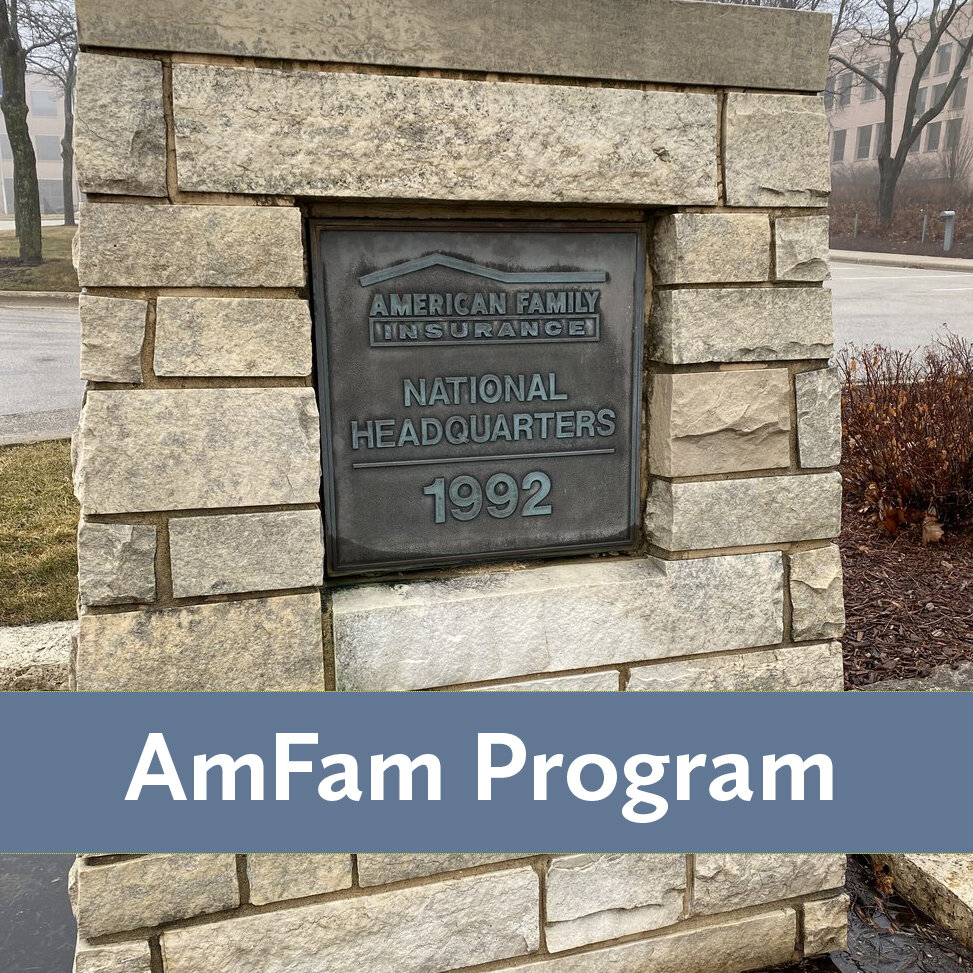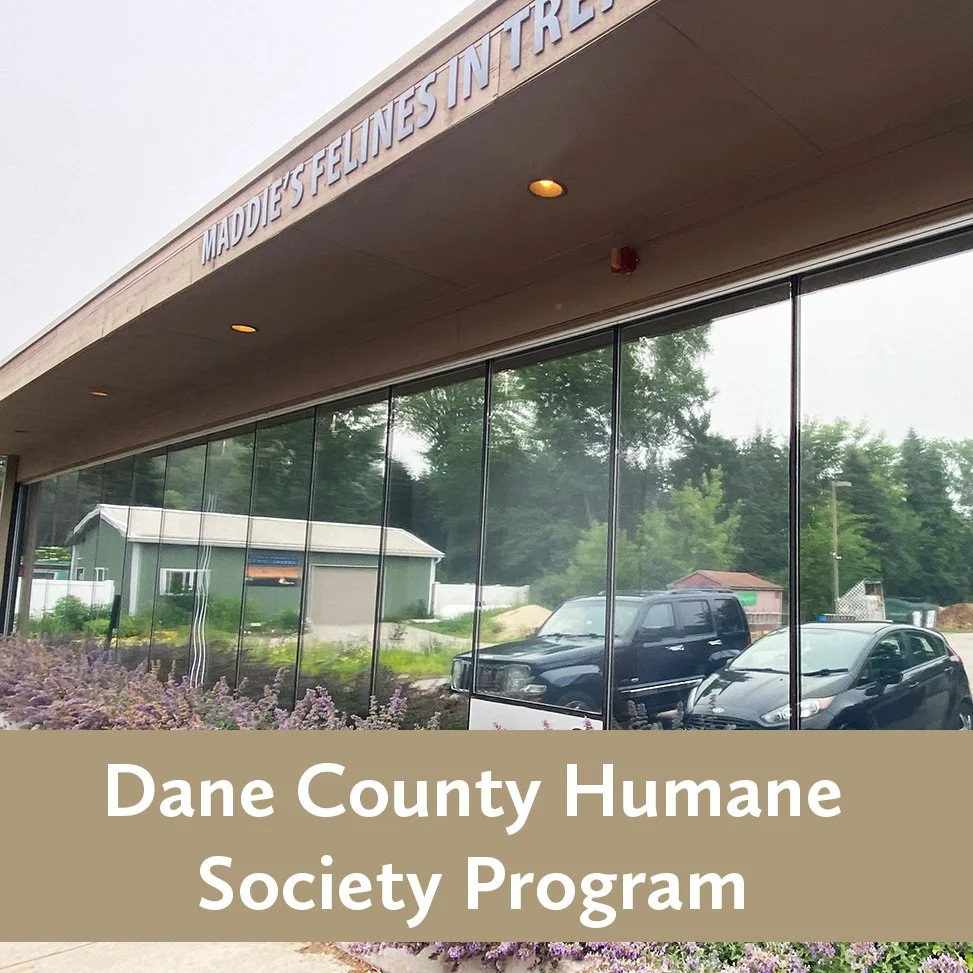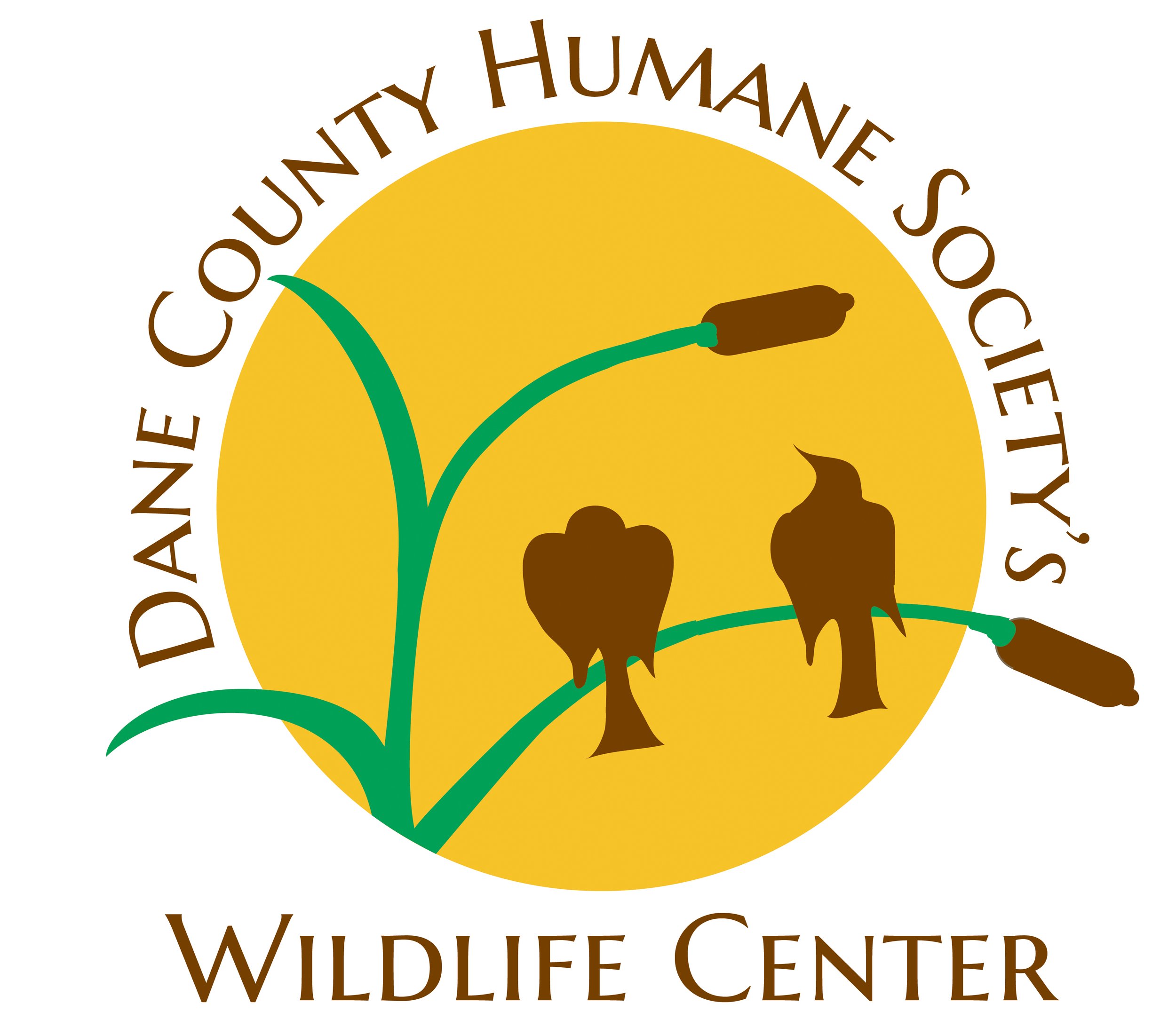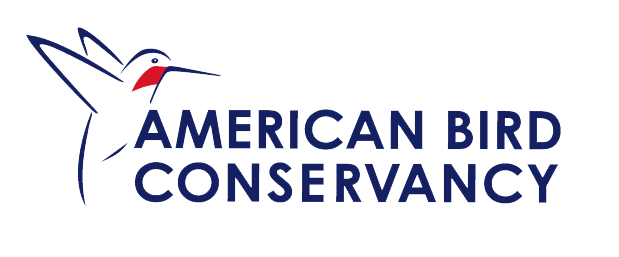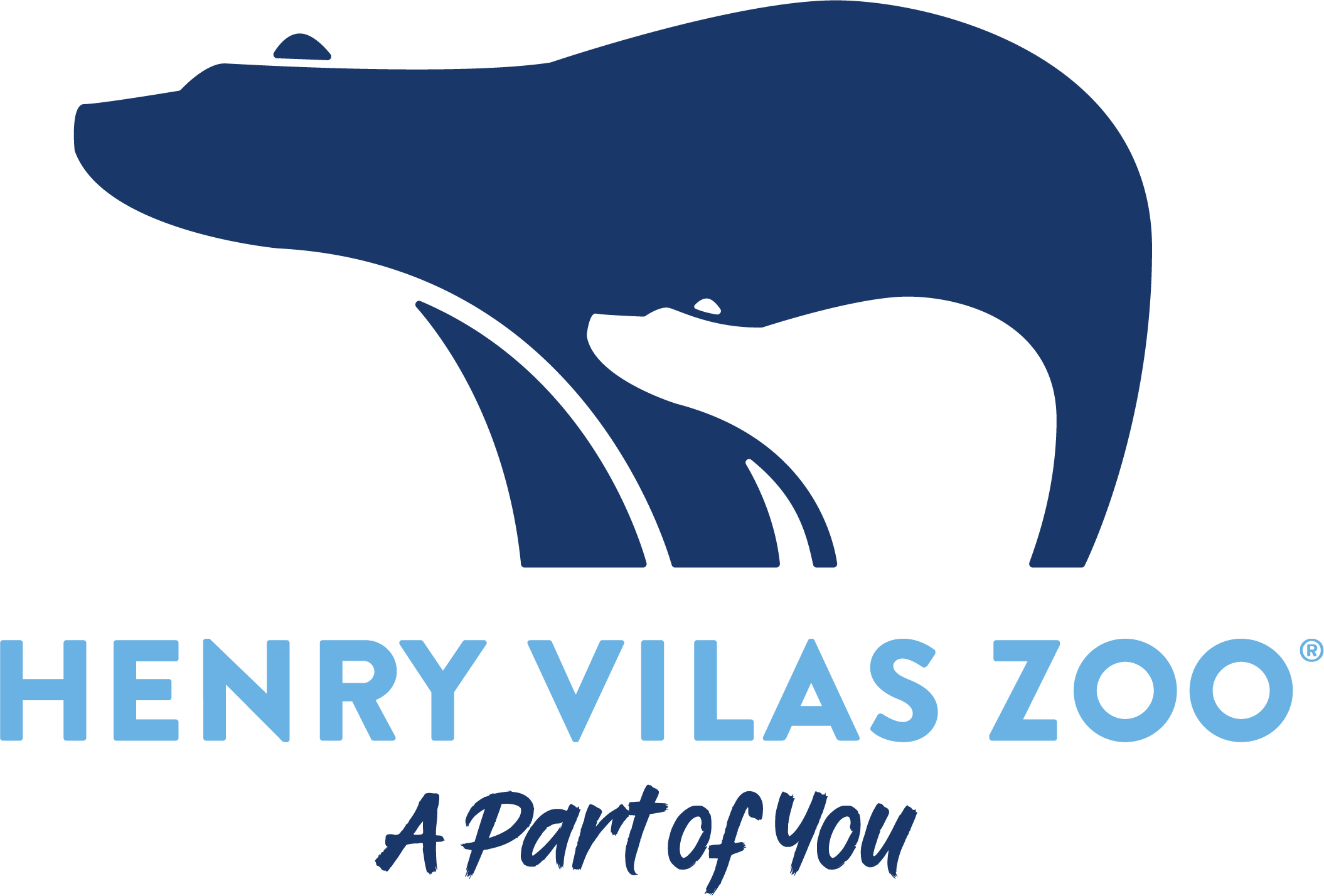Help understand the trends and patterns of bird window collisions in the Madison, Wisconsin area
The fall 2025 survey period will run Sept. 15 - Nov. 1.
Results of this work:
Using our Bird Collision Corps data as a foundation, Wisconsin’s first Bird-safe Glass Ordinance passed unanimously in Madison in 2020, and was upheld in court in 2022 and 2023. It requires all new building construction projects in Madison larger than 10,000 square feet, as well as sky bridges and ground-level glass features such as sound walls, glass screens, and bus shelters, use bird-safe design or glass.
Over 5,200 hours of studying bird-window collisions at 75 buildings in the Madison-area by nearly 700 volunteers — and counting!
Large-scale collision prevention strategies put into place and monitored at UW-Madison, American Family Insurance national headquarters, Verona Public Library, Henry Vilas Zoo, Holy Wisdom Monastery, and Dane County Humane Society.
about bird collision corps
The Bird Collision Corps is a Madison, WI-based citizen science project that works with volunteers who help study what leads to bird deaths caused by window strikes.
For 6 weeks in spring and fall, volunteers survey buildings to document when and where collisions are happening.
Then, we collate the data, analyze where the problem areas are, and offer recommendations to site owners. Our goal is to use data and science to inform real-life decisions at these buildings to prevent bird deaths.
We are currently focusing on the project areas listed below.
Previous survey sites include: Capitol Square* (Fall 2020-Spring 2025), CUNA Mutual Group (Fall 2022), Promega (Spring 2021), Lincoln Elementary School (Fall 2023-Spring 2025; students continue monitoring here), Madison Country Day School (Fall 2022 and Fall 2024), Madison Youth Arts and Wisconsin Youth Symphony Orchestra Buildings (Fall 2024-Spring 2025), Oakwood Village Prairie Ridge* (Fall 2023-Spring 2025), and Sun Prairie Public Library (Fall 2022-Spring 2024).
*This site was discontinued due to having sufficient data to determine where collisions are happening and what should be done about it
How does the program work?
An Indigo Bunting killed by a window strike. Photo by Maria Parrott-Ryan during a BCC survey.
TIME FRAME: Spring survey periods runs mid-April-June 1. Fall survey periods run mid-September-November 1. Surveys are done weekly in the mornings before 9:30am. Volunteers will select which day(s) and building group(s) they’d like to survey, and survey once-per-week on that day during the survey period.
TRAINING: Volunteers will receive online training and resources for completing the surveys and handling injured or killed birds. No expertise in bird ID or handling is required! Training involves watching a series of short videos that describe the problem, the protocol, data submission, the results so far, and how to handle birds you find.
SURVEY PROCESS: Bird Collision Corps participants will look for birds on the ground and in the vegetation around their assigned buildings that have been killed or stunned by impact with the building. Surveys take between 30-90 minutes. Data are recorded through an online form.
Data collected through this program will be analyzed and shared with the site facilities community, researchers, and the general public in an effort to make Madison a more bird-friendly place and advance our broader knowledge of causes and solutions to the window strike problem.
BCC Observations Map:
Red dots are Spring 2025 survey period, purple dots are observations from previous survey periods. The data shown here are collected by Bird Collision Corps volunteers.
Contact
Brenna Marsicek - Southern Wisconsin Bird Alliance director of outreach
Email: bmarsicek@swibirds.org
Phone: 608-255-2473
The Bird Collision Corps program is made possible through partnership with:
Banner photo by Ivan Lian


